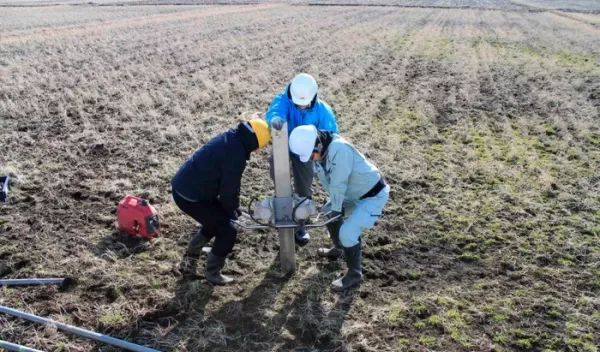
Geologists look to past for answers on future tsunami threats
Multiple large and destructive tsunamis in the past few decades -- in the Indian Ocean in 2004, Chile in 2010 and Japan in 2011 -- have underscored the threat tsunamis pose to coastal regions. Now new research is aimed at better predicting areas threatened by such fast-developing natural disasters.
Documenting and examining recent events does not provide enough information to fully characterize coastal hazards, said Tina Dura, a geologist at Virginia Tech. Dura and colleagues, including lead project scientist Jessica Pilarczyk of the University of Southern Mississippi, are taking a new approach to overcome that information deficit. They are looking at the past to understand what may lie ahead.
"It is still too difficult to predict when a tsunami may strike if we only consider the recent past," Dura said. "Some coastlines have not experienced a recent large tsunami, so we may underestimate the potential for infrequent but large and destructive tsunami events. We hope to change that by using geological history as our guide."
The researchers use sand beds deposited by tsunamis and preserved in coastal environments to reconstruct past tsunami inundation over hundreds to thousands of years, helping better define coastal hazards in a region.
Dura was part of U.S. National Science Foundation-funded research that appeared in Nature Geoscience examining the seismic risk of earthquakes and associated tsunamis in the Tokyo region. The scientists used a combination of geological evidence and modeling to determine where past regional tsunamis have originated.
The work revealed that earthquakes along a previously unconsidered plate boundary have produced significant tsunami inundation in the past, adding another possible source for earthquakes in the Tokyo region and tsunamis in the Pacific Ocean.


